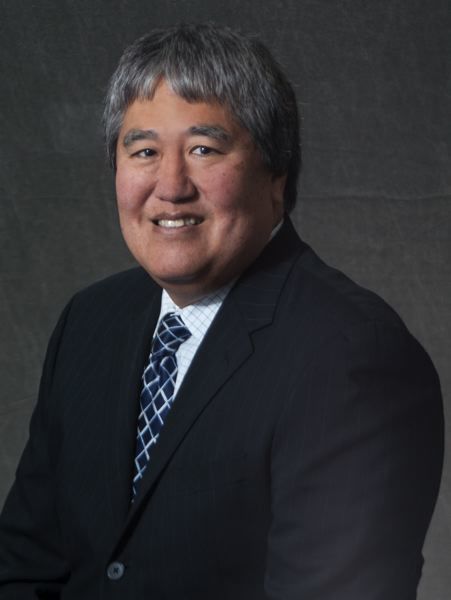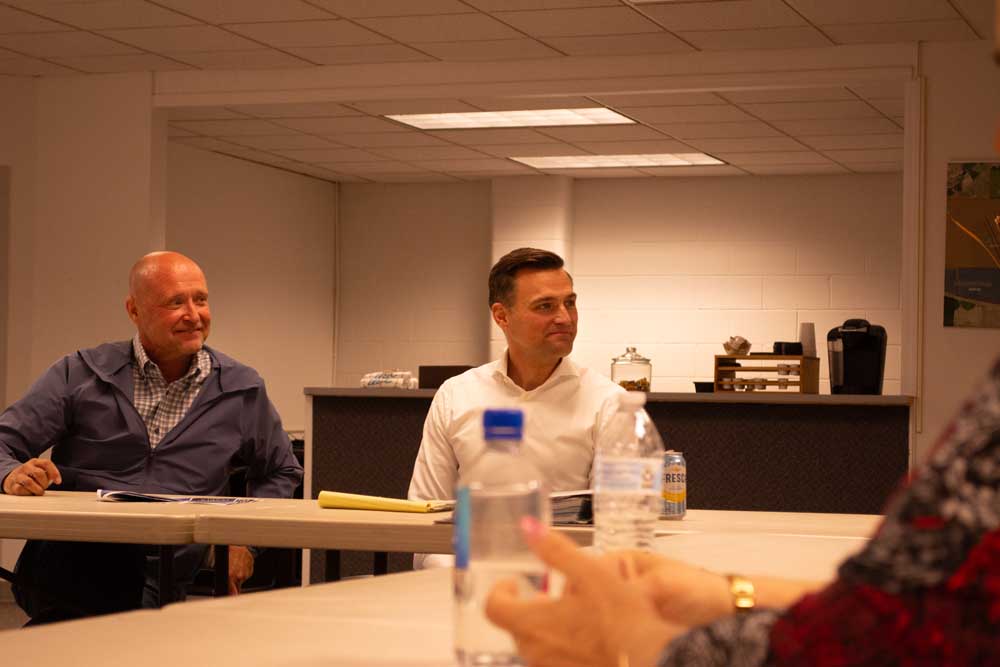DHS director says safety, alleviating poverty will be prioritized
Published 8:00 am Saturday, January 21, 2017

- STATE OF OREGON - DHS Director Clyde Saiki
SALEM — Oregon Department of Human Services Director Clyde Saiki says legislators face “tough choices” in the next six months as they consider where to cut back on programs for children, seniors and people with disabilities.
The heads of the legislative budget-writing committee, Joint Ways and Means, released a preliminary spending plan Thursday.
Trending
The spending plan — what legislators called a “framework” — calls for about $2.99 billion in spending for the next budget cycle for DHS.
That’s an increase from the agency’s most recent biennial budget of $2.78 billion, but Sen. Richard Devlin, D-Tualatin, and Rep. Nancy Nathanson, D-Eugene, said that the $2.99 billion amount is actually nearly 9 percent less than what the department needs to maintain the current level of services.
The plan accounts for a $1.8 billion shortfall in state funds legislators say is needed to maintain current service levels across state government.
Cost increases can be attributed to wage and benefit growth for state employees as well as adjustments for population growth and inflation.
On Friday, Saiki said that from where he stands, that spending plan was not “very surprising, but disappointing.”
The Department of Human Services, which has a range of responsibilities from administering nutritional support to poor families to overseeing the state’s foster care system, makes up a significant chunk of the state general fund every year.
Trending
Saiki said that as the agency’s budget goes through the legislative process, the agency would be focused on safety and alleviating poverty, which he said align with Oregon Gov. Kate Brown’s own preferences. He also noted that the budget framework presented by legislators was merely the beginning of the process.
“The top two priorities are really about safety for children and other vulnerable populations, all the people we serve,” Saiki told a meeting of service providers and recipients in Salem on Friday. “The second priority is lifting people out of poverty.”
In the past year, the department has been under the microscope after reports of abuse and systemic problems in state foster care.
The agency hired a new Child Welfare director, Lena Alhusseini, who started work Nov. 7. DHS is expected to release a unified Child Welfare improvement plan before the legislative session begins Feb. 1.
It was unclear, on the first day of Donald J. Trump’s presidency, what support would be like from the federal government for antipoverty programs the department administers.
Temporary Assistance for Needy Families, for example, is distributed in the form of a block grant from the federal government and is implemented by states.
In addition, for some programs, if the state makes cuts to its own funding for something, that can also mean the loss of matching funds from the federal government.
At Friday’s meeting, service providers and recipients also expressed concerns about the effects of the possible repeal of the Affordable Care Act.
DHS officials have laid out a number of options for areas where anticipated spending could be cut back — 15 percent, or more than $486 million in general fund money, in potential cuts.
Those options include reducing funding for personal services, eliminating a live-in care program, and eliminating quality care incentive payments for providers of childcare to kids who receive government subsidies.
Although those options are on the table as legislators start crafting the state budget, Saiki said he would advocate for increased Child Welfare staff and for rate increases for people working directly with people receiving DHS services; for foster parents; and for groups providing behavioral rehabilitation services for children and teens.





